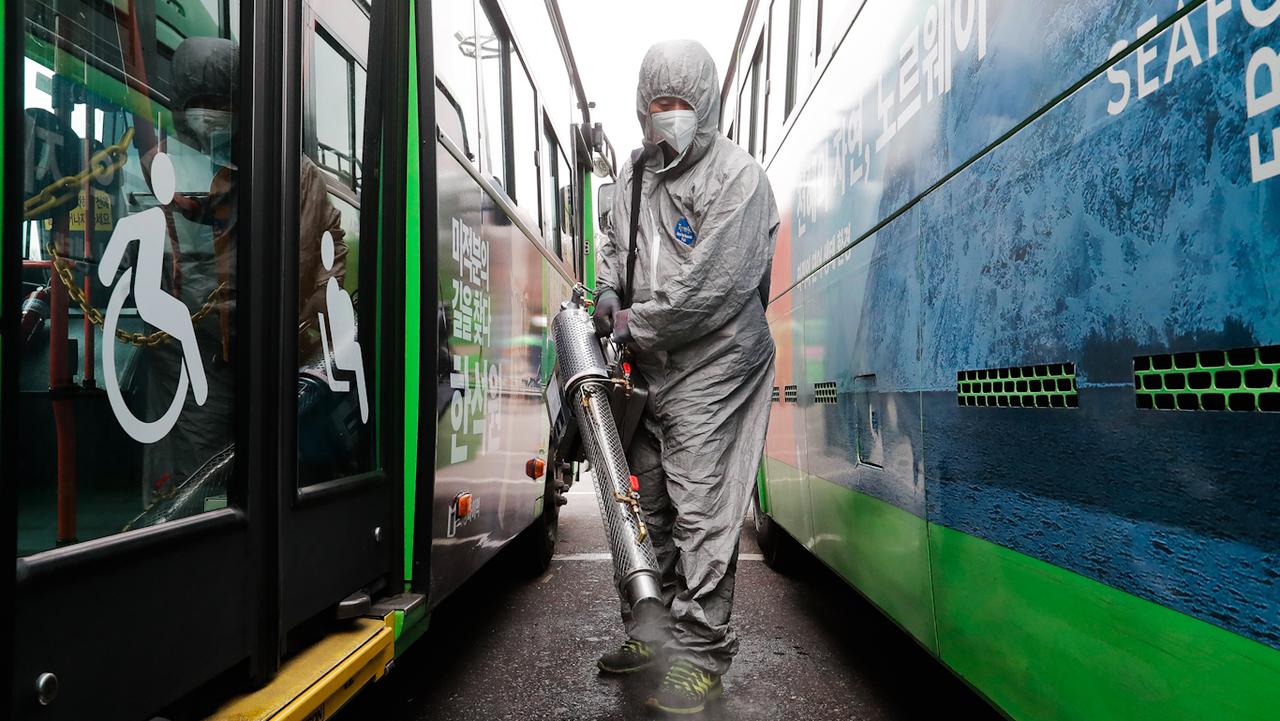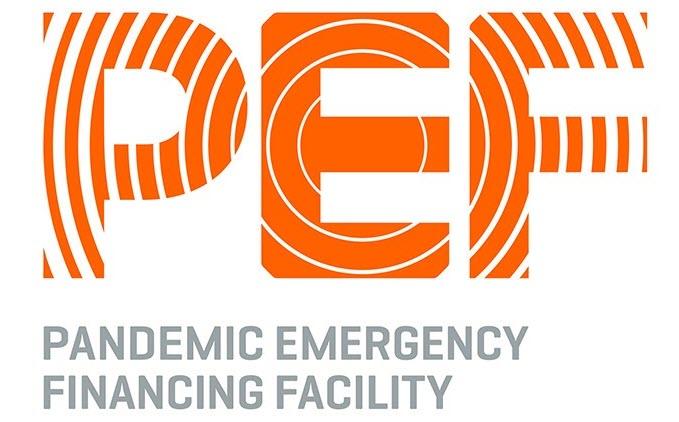‘Pandemic Bonds’ Face Near-Total Loss After Soaring Global Deaths Trigger Risk Transfer
In early February we detailed that a little known specialized bond created in 2017 by the World Bank may have held the answer as to why global health authorities had, until then, declined to label the global spread of the novel coronavirus a “pandemic.”
As Whitney Webb explained at the time, those bonds, now often referred to as “pandemic bonds,” were ostensibly intended to transfer the risk of potential pandemics in low-income nations to financial markets.
They were essentially sold under the premise that those who invested in the bonds would lose their money if any of six deadly pandemics hit, including coronavirus. Yet, if a pandemic did not occur before the bonds mature on July 15, 2020, investors would receive what they had originally paid for the bonds back in addition to interest and premium payments on those bonds that they recieve between the date of purchase and the bond’s maturation date.
The PEF, which these pandemic bonds fund, was created by the World Bank “to channel surge funding to developing countries facing the risk of a pandemic” and the creation of these so-called “pandemic bonds” was intended to transfer pandemic risk in low-income countries to global financial markets. According to a World Bank press release on the launch of the bonds, WHO backed the World Bank’s initiative.
However, there is much more to these “pandemic bonds” than meets the eye. For example, PEF has a “unique financing structure [that] combines funding from the bonds issued today with over-the-counter derivatives that transfer pandemic outbreak risk to derivative counterparties.”
Specifically, the news site Quartz described the mechanism of “pandemic bonds” as follows:
Investors buy the bonds and receive regular coupons payments in return.
If there is an outbreak of disease, the investors don’t get their initial money back.
There are two varieties of debt, both scheduled to mature in July 2020.
The first bond raised $225 million and features an interest rate of around 7%. Payout on the bond is suspended if there is an outbreak of new influenza viruses or coronaviridae (SARS, MERS).
The second, riskier bond raised $95 million at an interest rate of more than 11%. This bond keeps investors’ money if there is an outbreak of Filovirus, Coronavirus, Lassa Fever, Rift Valley Fever, and/or Crimean Congo Hemorrhagic Fever.
The World Bank also issued $105 million in swap derivatives that work in a similar way. (emphasis added)”
Investors have been receiving coupons of 6.5% over six-month Libor on the safe tranche and 11.1% above Libor on the risky notes ever since the bonds were issued in July 2017. German media outlet Deutsche-Welle noted that:
-
The trigger for the first class of pandemic bonds, valued at $225 million, would normally have already been met due to the criterion of more than 2,500 deaths in a “developing country.”
-
For the second and riskier category of pandemic bonds, those bonds are triggered when the disease in question crosses an international border and causes more than 20 deaths in the second country.
And now, the global pandemic is considered severe enough to trigger these events as Artemis.be reports that the all-important growth rate factor turned positive as of March 31st, which was the final piece of the trigger that need to fall into place for a pay out to come due.
As a result there will be a loss of catastrophe bond investor principal with the cash in the reinsurance trust backing the pandemic cat bonds set to be called upon to support some of the most in-need countries with their response to the coronavirus. Also set to payout are the pandemic risk-linked swaps that were issued at the same time and we understand are backed by reinsurance capital from both the traditional and alternative marketplaces.
The payout will be just under $196 million across the pandemic catastrophe bonds and also the pandemic swaps (or OTC derivatives) that were issued at the same time and are backed by reinsurance capital.
It will consist of 16.67% of the $225 million from the Class A pandemic cat bond notes and $50 million from the Class A swaps ($37.5 million and $8.34 million), which could only payout a maximum of 16.67% of their principal for a coronavirus outbreak.
In addition, 100% of the Class B layer, made up of $95 million of Class B pandemic cat bonds and $55 million of Class B swaps, will also now payout, a total loss for that tranche.
So in total the payout coming due will be $195.84 million, which will be disbursed to the World Bank housed Pandemic Emergency Financing Facility (PEF) and will be used to help some of the poorer nations of the world in their response to the worsening global coronavirus outbreak.
Finally, we note that this decision ends months of speculation on whether bondholders would finally take a hit to free up cash for struggling health systems.
Tyler Durden
Fri, 04/17/2020 – 14:54

